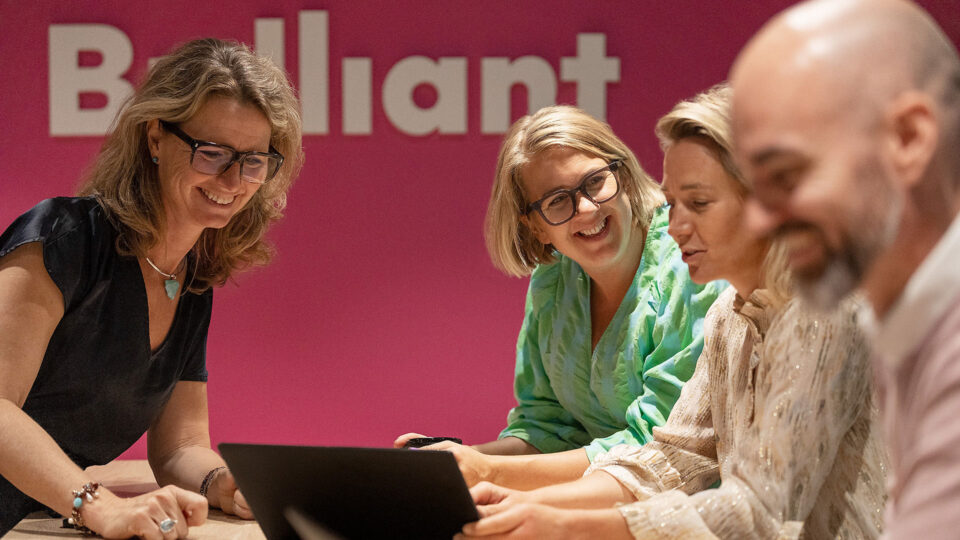
10 Advantages and Disadvantages of an Employee View
By Brilliant

By Brilliant
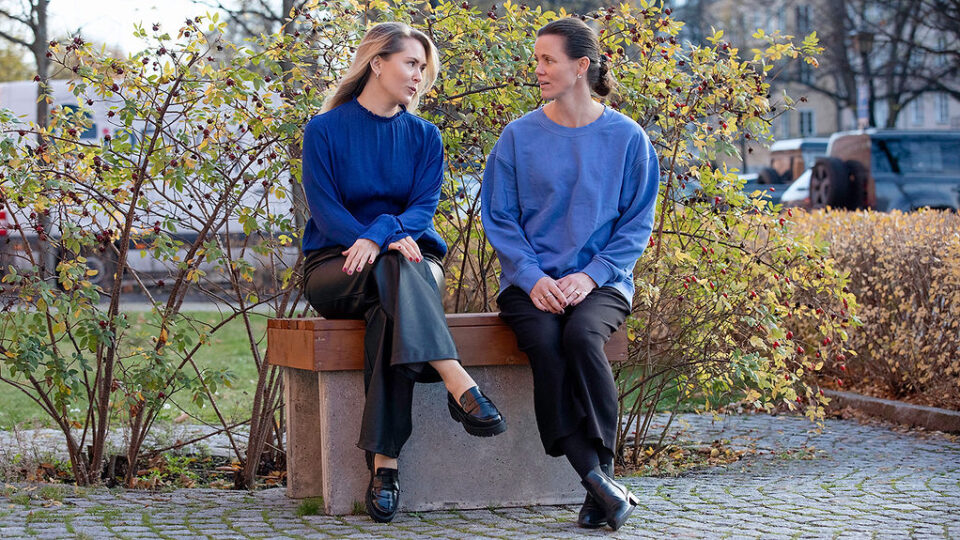
By Brilliant
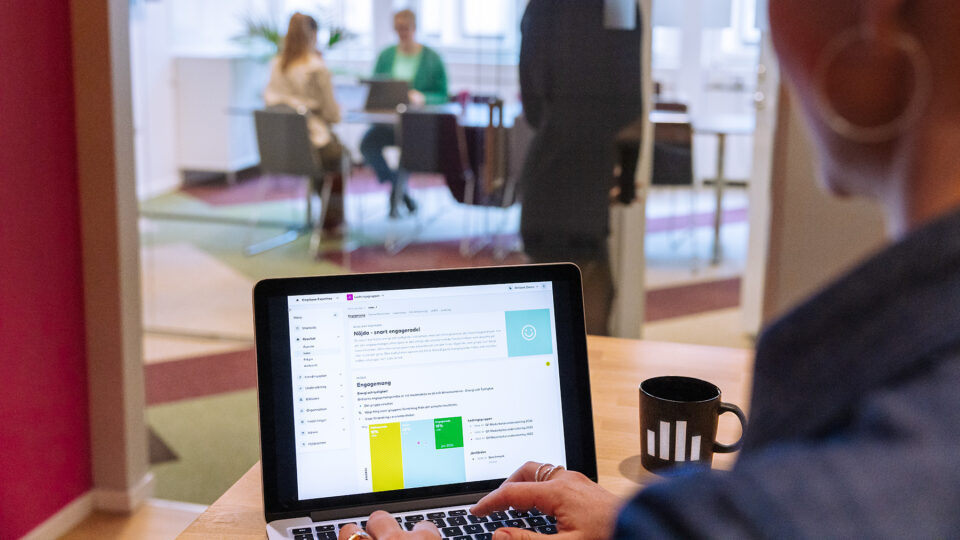
By Brilliant
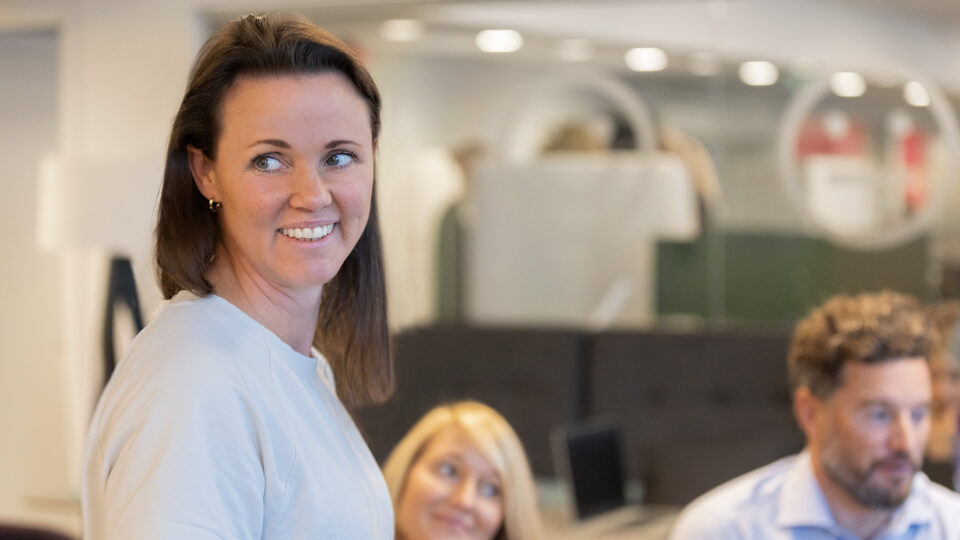
By Sofia Florin
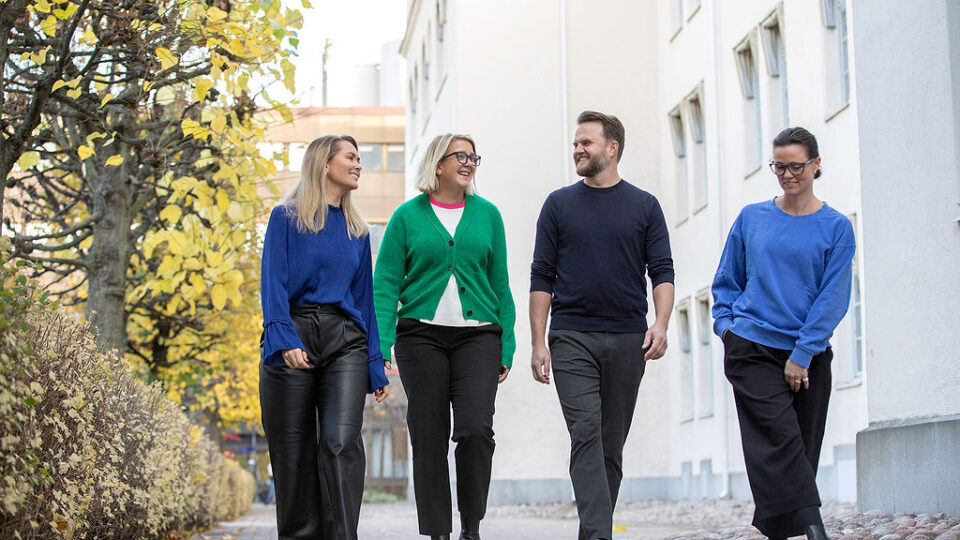
By Brilliant

By Brilliant
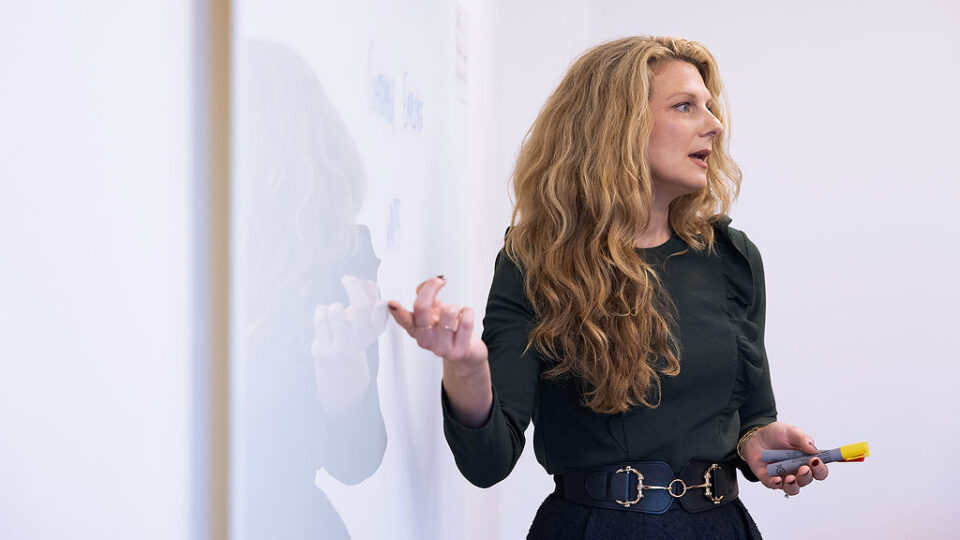
By Brilliant

By Brilliant

By Malin Hising

By Malin Hising

By Joakim Ågren

By Malin Hising